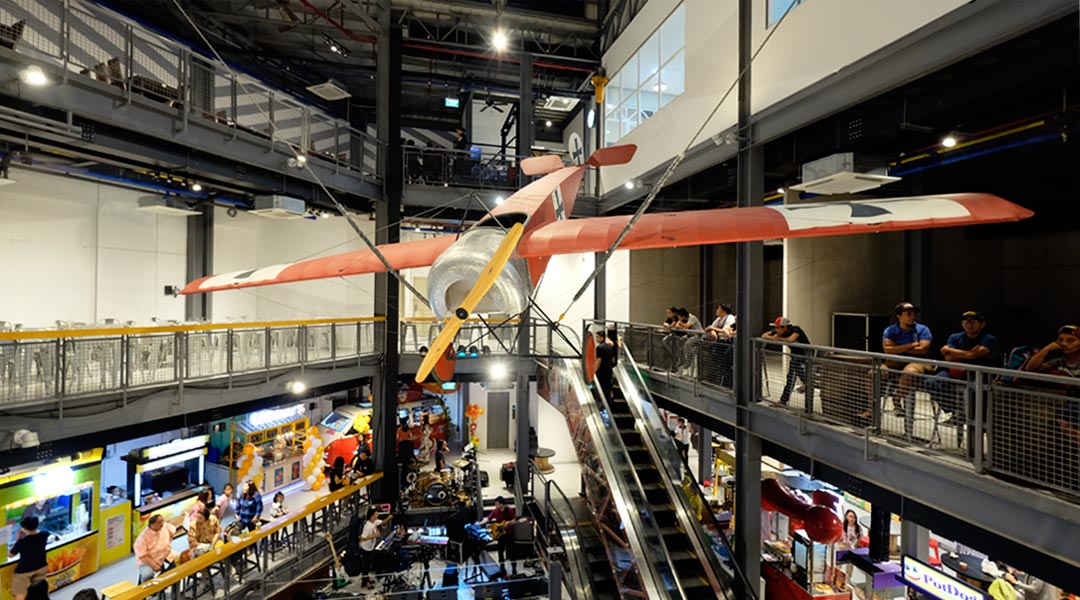
Art Deco Laperal Apartments retrofitted, now a student dorm
For someone used to walking under the dark, soot-covered arcades of Recto Avenue at night, passing by a gleaming, well-lit walkway under the newly renovated Laperal Apartments comes as a pleasant surprise. Stretching 80 meters, its arcade has become once more a safe, clean, and walkable public space for pedestrians, a far cry from the filthy state the current owners found the 70-year old Art Deco building in.
The owners, a couple in the appliances business, had been scouting for historic buildings in Manila to conserve for their first commercial real estate venture. They had had unsuccessful dealings with heritage property owners who were all too quick to sell their buildings to the highest bidders only to see them torn down. Upon learning of the Laperal Apartments, the couple reached out to the heirs of the original owners, Benjamin Laperal and his sister, both nonagenarians.

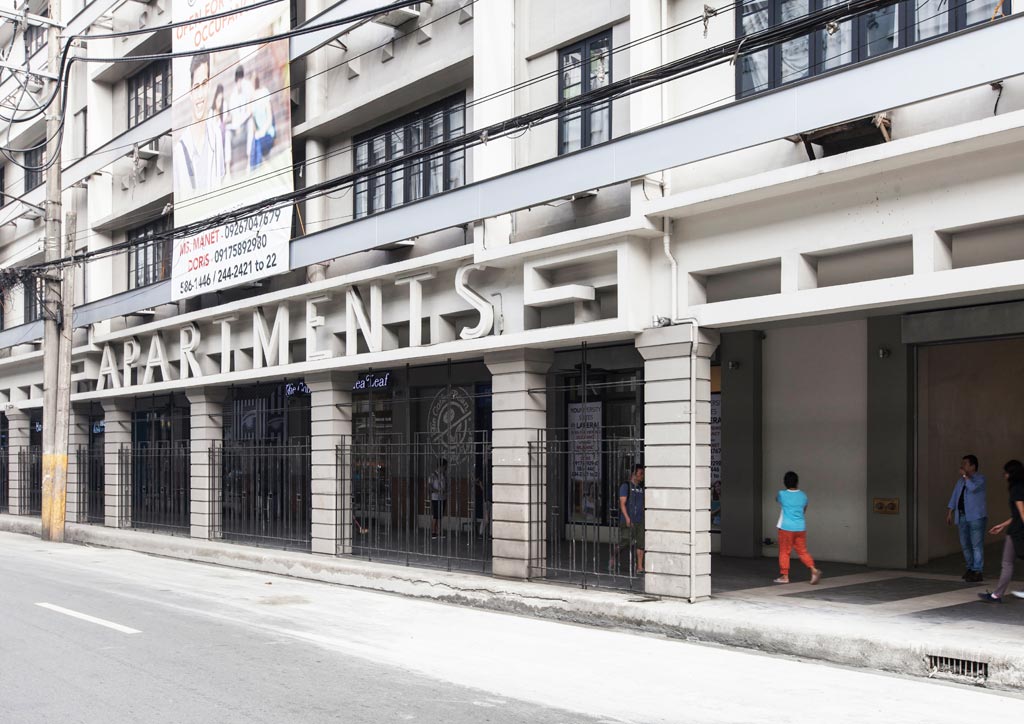

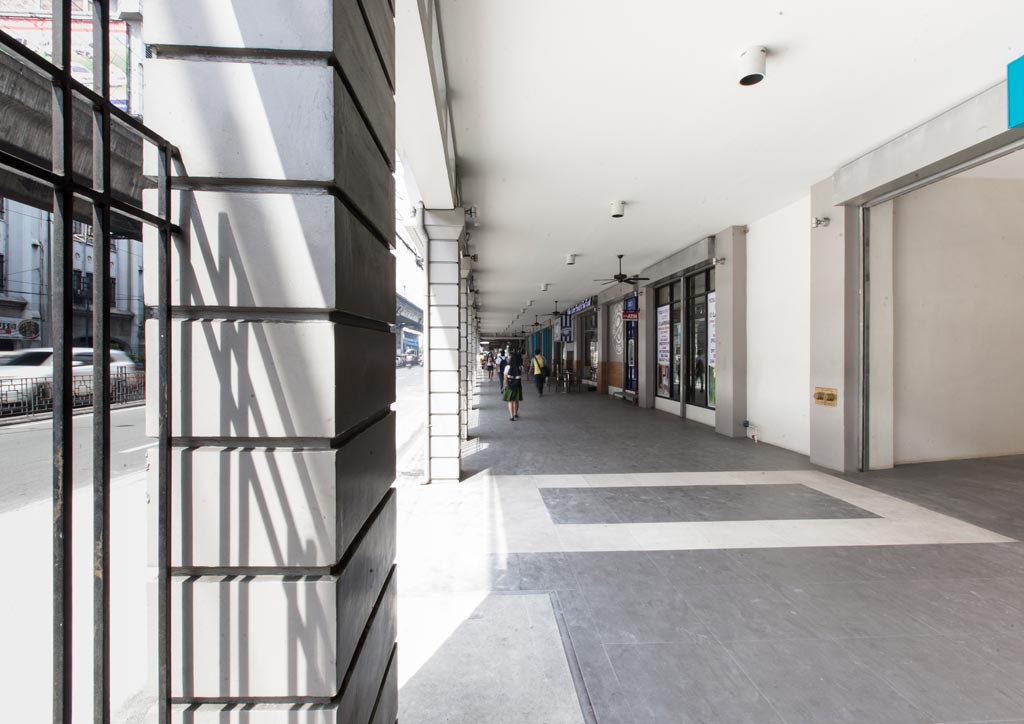
Securing the title was the easy part. After the sale, they found themselves fighting tooth and nail to drive out the trespassing vendors colluding with corrupt public officials illegally renting out the abandoned space. Before they were finally evicted, the tenants defaced and looted the building of its wrought iron stair balusters, windows, and doors.
Undeterred, the couple sought to save the four-storey building and turn it into a student dormitory with commercial spaces on the ground floor. They hired architect Patrick Apacible to lead the renovation project. Apacible set out to trace the original architect and find old pictures and plans of the building. Unsuccessful, he relied on the recollection of one of Laperal’s old tenants, Gina Navarro of the famous Estrel’s Caramel Cakes. For 50 years, Navarro’s family occupied a unit on the second floor of the apartment. By her account, their neighbors would wake up to the pleasant smell of freshly baked homemade cakes wafting through the corridors all the way up to the fourth floor. She described the building as having tall narra doors, staircases with intricate Art Deco grillwork, and freestanding enamel and cast-iron tubs inside bathrooms fitted with 1950s ceramic subway tiles.
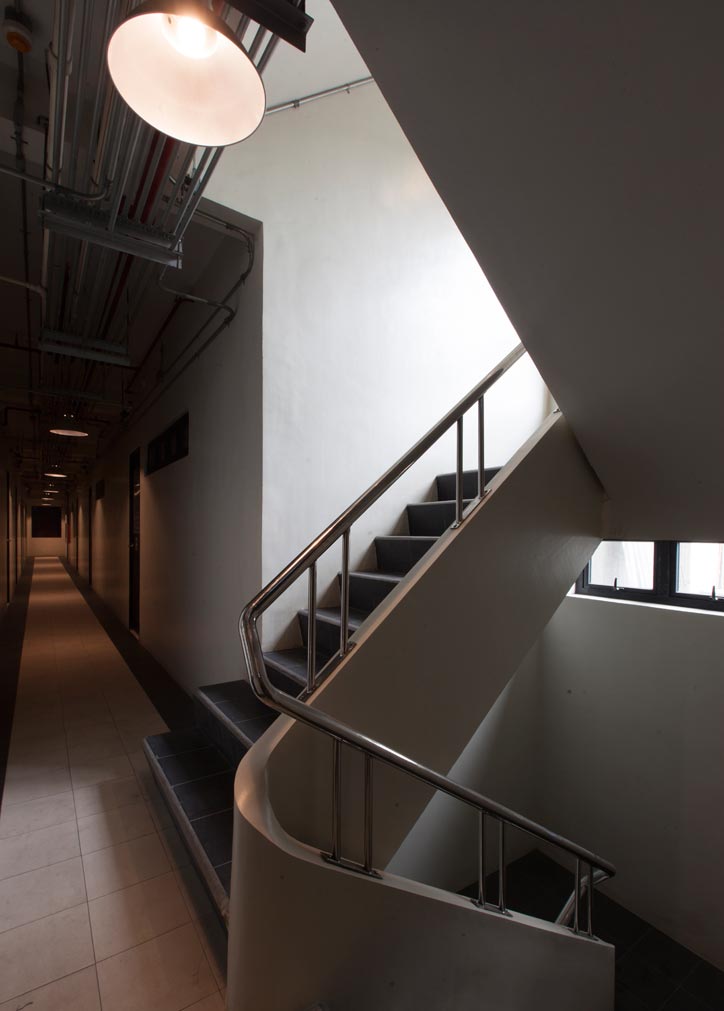
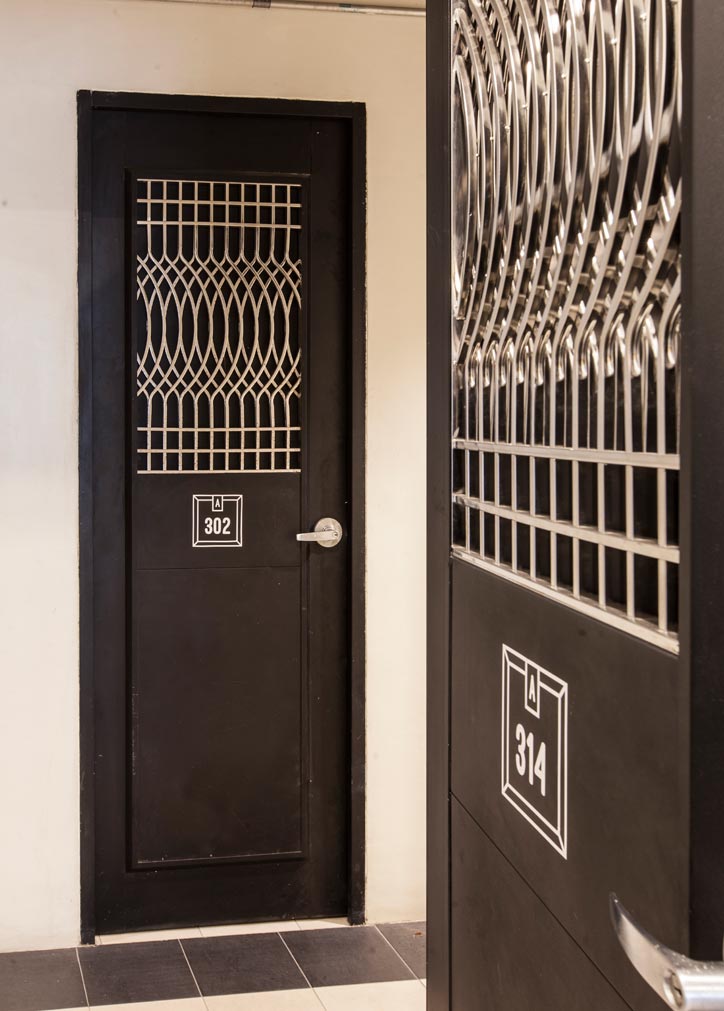
Despite heavy deterioration, Apacible saved as much as he could of the original building. It would have been cheaper to demolish and build anew, but the clients were determined to maintain the building’s heritage value. The Laperal Apartments had a straightforward plan with generously sized rooms along a single-loaded corridor.
There were three staircases, one in the middle, and two at the ends of the building. Apacible worked around the existing walls and replanned the spaces to accommodate six retail spaces on the ground floor and 29 air-conditioned en suite dormitory units of varying sizes on each of the upper floors. For him, the biggest challenge was retrofitting the building’s utilities. The walls were made of solid, cast-in-place concrete with oversized rebars. Embedding the utilities was not an option, so he decided to leave the pipes exposed, lending an industrial character to the interiors.
The Laperal Apartments, rebranded as Youniversity Suites, will provide its tenants more than a place to sleep. The clients envision the building as a residential and recreational hub for its community. On 13 February 2018, they officially opened the 14-storey dormitory and a four-storey commercial building called L.A. Village at the back of the old structure. “The whole development should function as a continuation of the students’ education; it must help them set their minds in a state of concentration for studies and provide the tools for them to become their best selves,” says Apacible.
READ MORE: Old Jaro city hall in Iloilo restored and now National Museum satellite
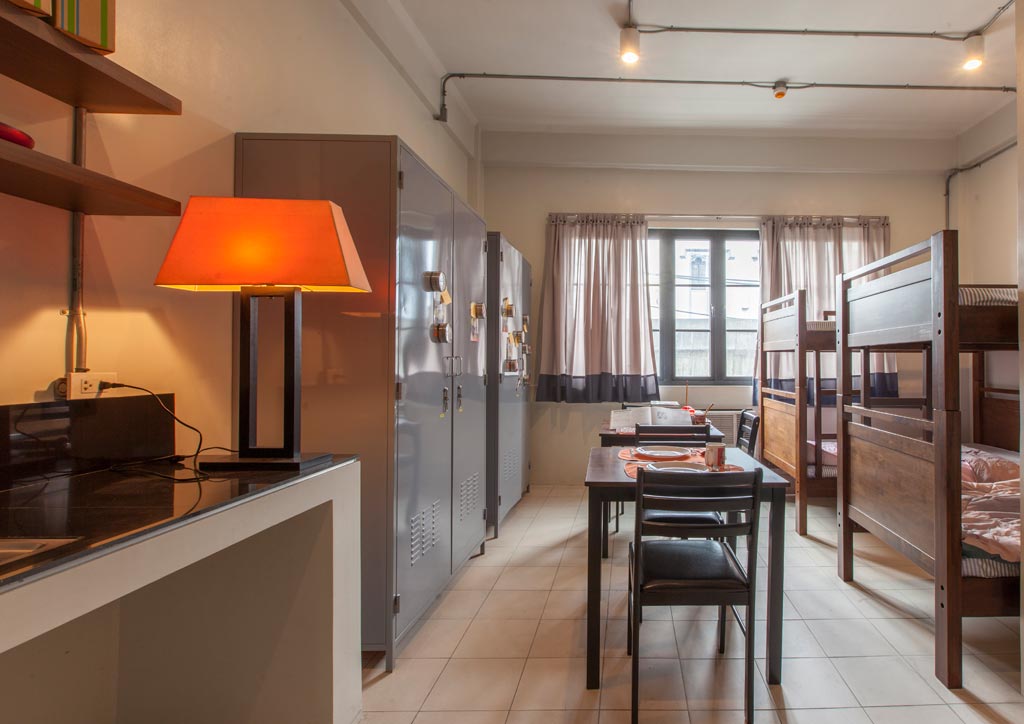
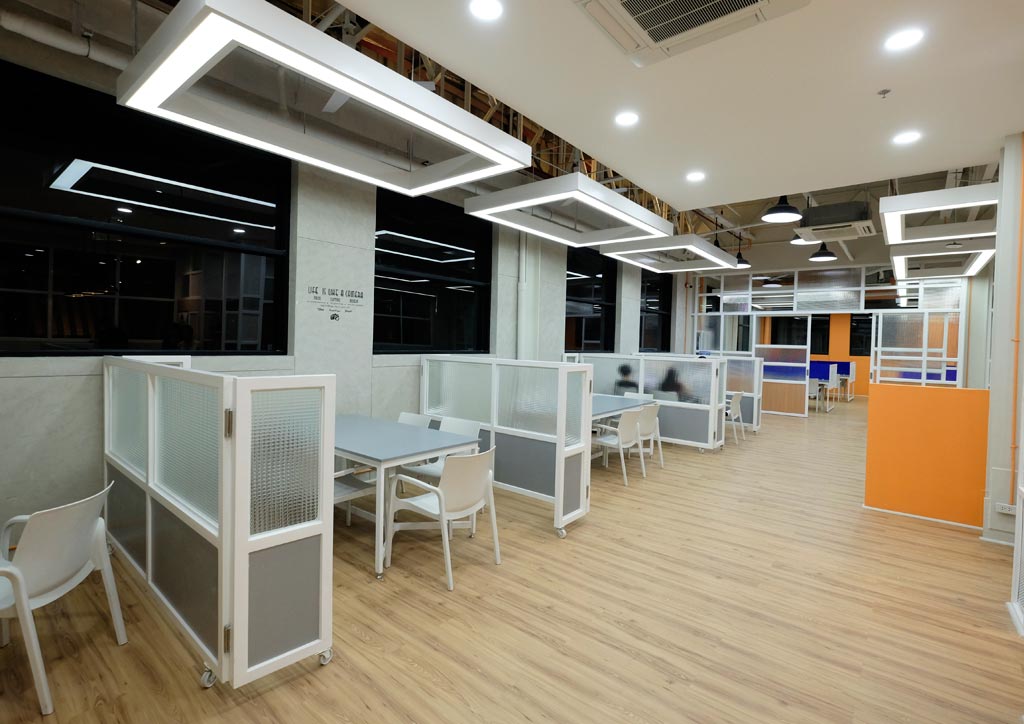
Streamlined Art Deco
Built in 1946, the Laperal Apartments represents Manila’s post-war architecture, just as the city was rising from the ruins of World War II. After the Battle of Manila in 1945, the glittering “Paris of Asia,” which used to be dotted with Spanish Colonial, Beaux-Arts, and Art Deco buildings, was barely recognizable. It was a period of emotional havoc. The nation had to muddle through emerging communist activity and an economy marred by desperate foreign policies. Despite all these, a semblance of normalcy was felt a year later when stores opened in batches along Avenida Rizal and its side streets. People flocked the city in search of jobs. Consequently, demand for housing increased and real estate prices in Manila quickly doubled their pre-war rates. Laperal Apartments was one of the buildings that emerged, signaling the recovery of Manila.
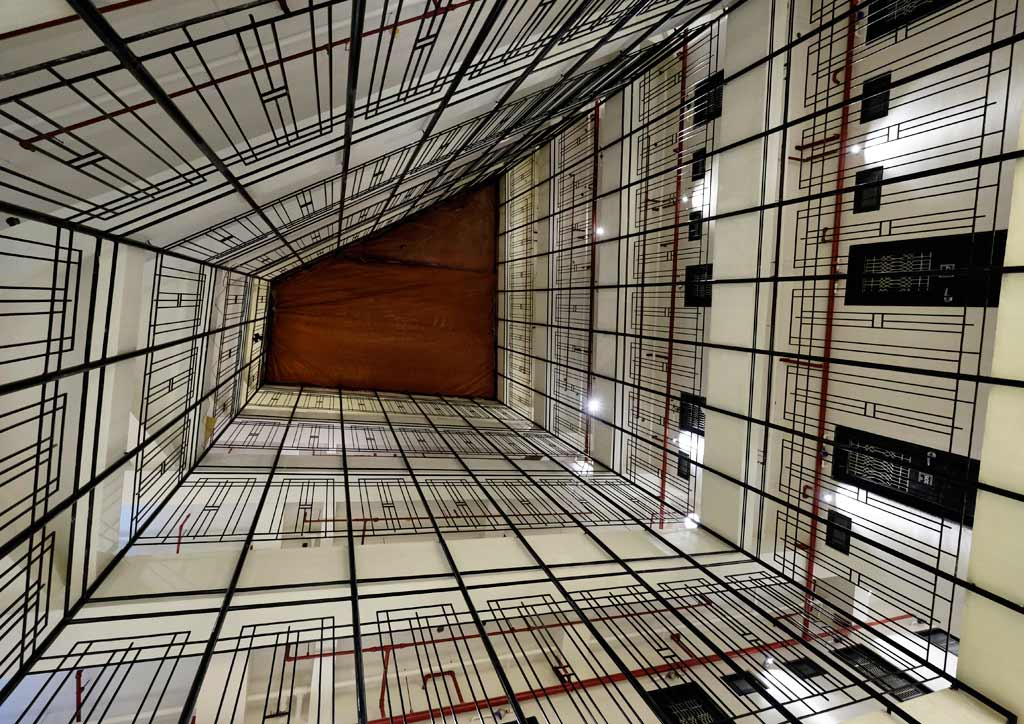
Telling of the austere economic times and the psyche of the people, Laperal’s architecture was streamlined, limiting the use of geometric ornamentation to square studs on the façade and simple bands on the arcaded columns. Compared to the extravagant Art Deco variant of the 1920s, the post-war strain was almost spartan. A decade after Laperal was built, the area was once again teeming with students from the newly reopened schools, and the streets were alive with cinema palaces, fashion boutiques, pizza places, ice cream parlors, photo studios, and shoe shops. Downtown Manila fully recovered as a thriving economic center until it was eclipsed by the sprouting Makati financial district in the 1960s.
Sustaining social value
Despite looking like the oddball of Recto Avenue now, the new owners of the Laperal Apartments are keen on preserving the district’s social value. Collaborating with the Save San Sebastian Foundation, they are organizing sustained year-round programs to be hosted in the Laperal arcade and other heritage sites in Manila. The plan includes hosting fundraising dinners and a Santa Cruzan, and participating in several community events like the Q Festival (Quiapo) celebrated four times a year, hoping to get participation from the surrounding schools, and consequently, convincing the city government Recto Avenue is worth saving.
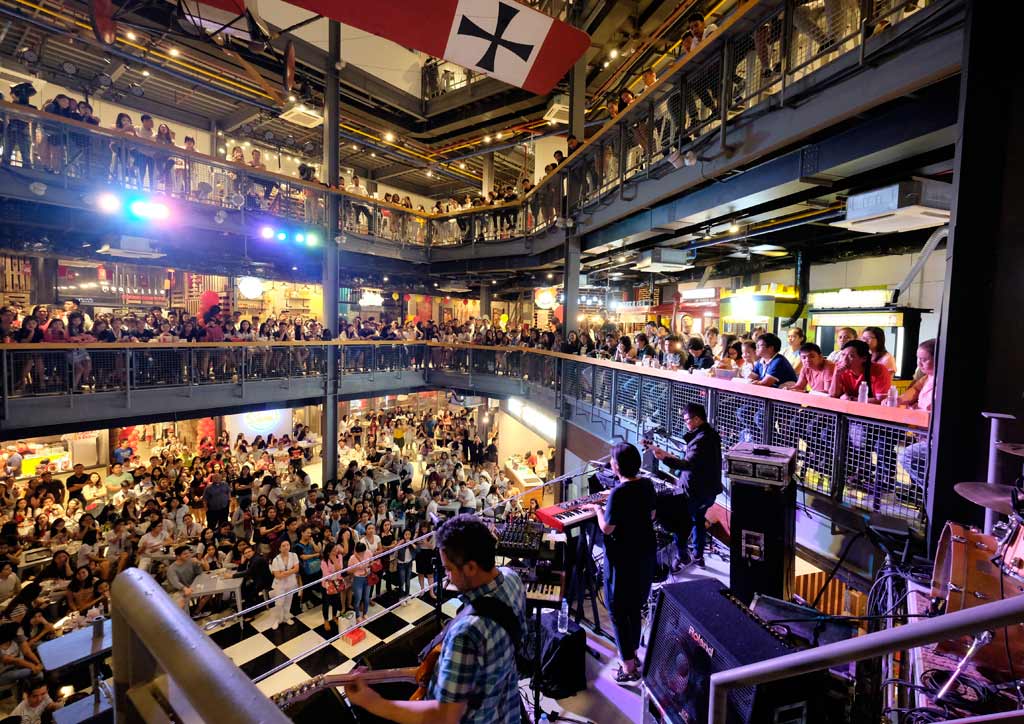
The Laperal Apartments is pioneering hope for Recto Avenue as it has done 70 years before. By helping the people look at the place with the dignity it deserves, the blighted district might just get another shot at life. In the spirit of post-war Manila—of reinventing and hoping—we hope the rest of the nation would soon follow suit. ![]()




